I previously blogged about Dublin here (Dublin:Goal, Whiskey and Cathedrals) and here (Dublin: Guinness, Castles, Colleges and Culture). On the third morning of our visit to Dublin, we visited the market on Moore Street. They were just setting up the stands, but a cafe/bakery on the street was open, and we had breakfast here. I took a few photographs of some of the stands, and the street was slightly busier by the time we left the cafe.

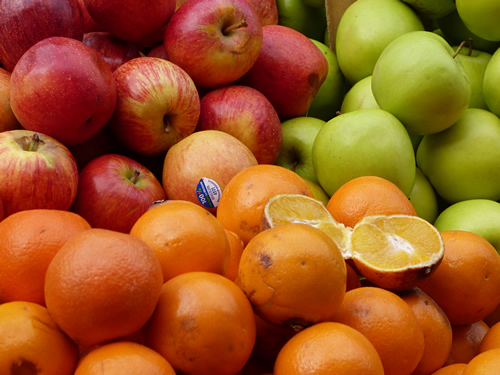
Fruit for sale on Moore Street market
Our first stop was to the museums. We visited the National Gallery, the National History Museum (the "dead zoo"), and the National Museum. The National History Museum is filled with fossils, a dead insect selection, and taxidermied fish and other creatures, including the Irish deer. (The Irish deer is now extinct.) The National Museum contains hoards of gold discovered in Ireland, bog bodies, and artefacts from all over the world.

Dublin's National History Museum
After the museum trip, we walked to St. Stephen's Green. The park is not too large, and it contains a small lake and a few statues. On the fencing outside the park was artwork for sale, and I admired the paintings. There were so many to look at, and I really liked a few of the ones I saw.
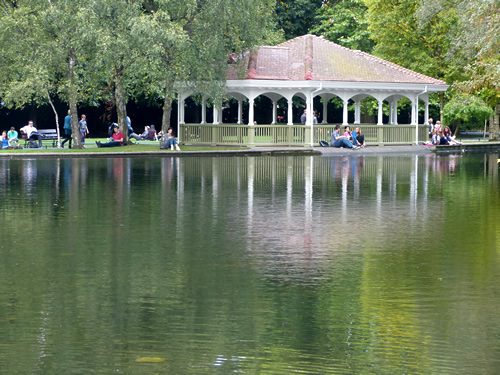
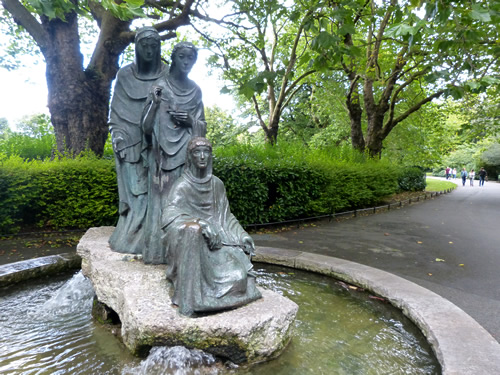
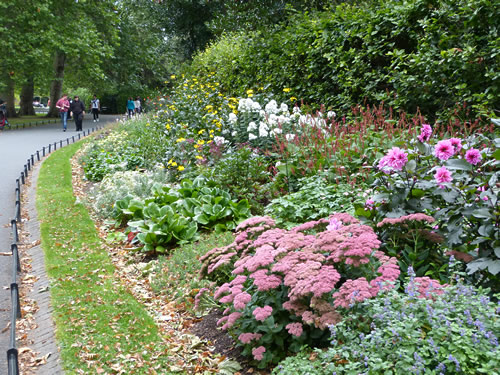

St. Stephen's Green
After the walk around the park, I walked back through the gates to Grafton Street. This is the main shopping area, and there are many street performers on this street. There's a few department stores and indoor shopping centres, such as Powerscourt Townhouse and George Street Arcade.
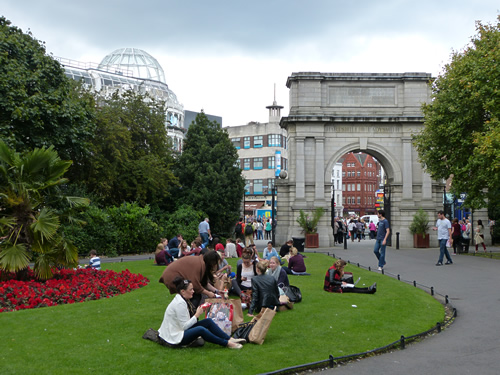
The gate from St. Stephen's Green to Grafton Street
One popular place to visit on Grafton Street is Bewley's Tearooms. I had a cup of tea here. I thought that it was a little bit over-rated and very touristy, though.

Bewley's Tearoom
In the late afternoon, we explored more of the touristy pub area Temple Bar. We never stopped for a pint, however. I took some photographs of the more interesting pub fascades.
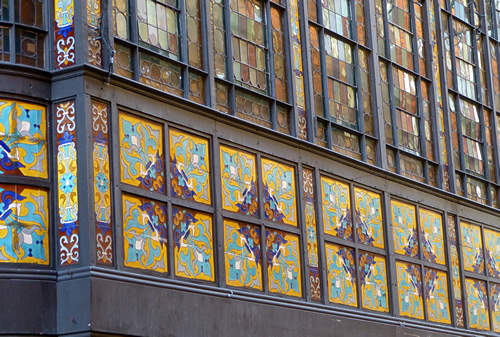
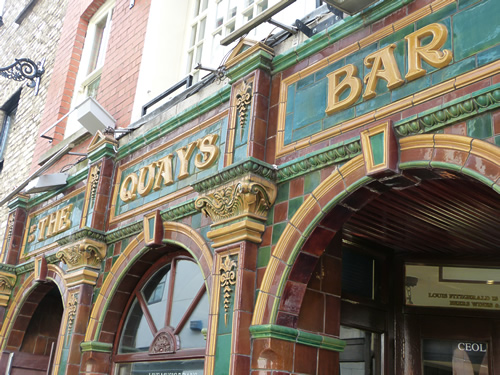
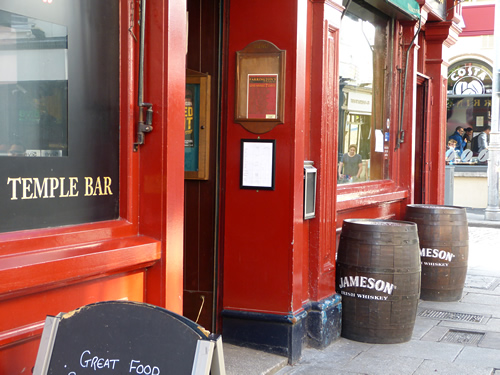
Temple Bar pubs in Dublin
We had an early night and walked back to the hotel as the sun was getting ready to set. I got some nice photographs of Ha'Penny Bridge (Half Penny Bridge) and Upper O'Connell Street. Upper O'Connell Street was the backdrop to Irish history in the early 1900s. There's a large spire in the middle of this street and several statues to famous writers (James Joyce) and residents. On the next day, we only had the morning to look around and see a few last attractions before getting back to the hotel. There was a big game going on, so we had to leave a little earlier to ensure that we were not stuck in traffic and missed out flight.

Ha' Penny Bridge

Upper O'Connell Street
The last attraction that we visited the following morning before our flight was the Jeanie Johnston tall ship, which is located on the harbour.

View of Dublin along the river
The Jeanie Johnston ship was remodelled after the coffin ship by the same name. The ship is historic because miraculously, no one died on board. The ship carried immigrants, and the conditions were less than ideal for new people leaving Ireland to go to the new world. Many people left Ireland during the famine years. A few yards away from the ship is the Famine Monument. These depict starving Irish individuals, with their families, leaving Ireland on the coffin ships that left from this area.

Famine Monument
On the ship, we were told the history of the immigrants and introduced to some Irish history. We were also told about the ship and its reconstruction.
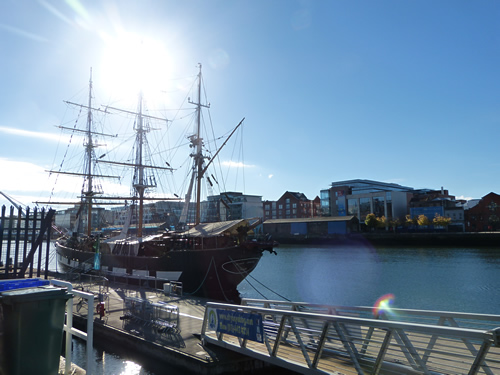
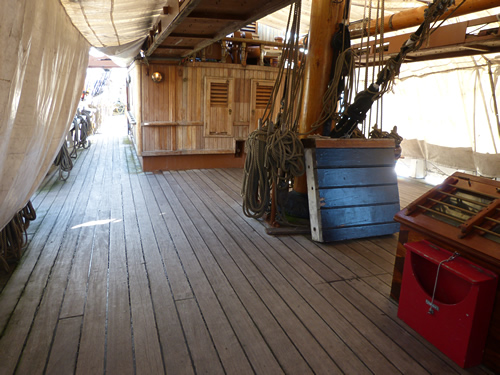
On board the Jeanie Johnston
That wraps up my short break in Ireland, but I could have used one more day in order to visit the zoo and the botanical gardens.

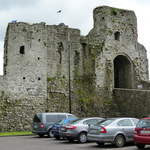
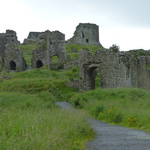
Leave a comment